I was looking back over some old items I made in Bali back in the 1980’s and it really brought home to me how much the way we make jewelry, and the materials we have available to make jewelry has changed in the last 30 years – it’s been incremental changes but over 30 years the difference is massive massive massive!
Back then we really had no available technology for production, for sure no lasers, no 3D printing no CNC milling etc, but even things like no casting! And the tools available to buy locally were really rudimentary, the torches we were soldering with super basic and the fuel we used was heavily leaded petrol, bought from the local gas station and brought home in a plastic jerry can, or sometimes even just in a plastic bag – like the ones we are now trying not to use when get our groceries at the supermarket. Kinda scary when you think back, but then it was all A OK!
The one great thing we did have available back then though, was a huge pool of super talented smiths with indigenous and ingenious techniques handed down parent to child over multiple generations, and this really sadly is breaking down with the current generation. Older talented smiths still holding these skills are lamenting, their children and most of the younger generation have no interest in acquiring these skills, the professions of being graphic designers or dealing in real estate or work in the tourism industry are seen as far more exciting and rewarding, and maybe that is true… but without some attention it will see the demise of some wonderful traditional skills
Picture 1. Some Fine One of a Kind Production From the 1980’s!
A few years back I visited the Cairo Museum, a wonderful place if you’re are interested in the origins of our modern society, if you ever get the slightest chance to visit, go! One of the most incredible exhibitions on display for a jeweler of course is the Jewelry of Tutankhamun, the designs, the workmanship, the intricacy, the inspiration, truly awe inspiring, and to think it was all made 3,500 years ago. A thing that hit me while looking through the vast amount of incredible Jewelry on display, was the smithing techniques used, the loop in loop chain making, the granulation, the filigree, and bun-bunan (a style of appliqué for which apologies I don’t know the English term) are the very same handmade techniques that were so strong in Bali when I started and we are now sadly losing. A student in jewelry history can actually follow the migration of these skills from ancient Egypt to modern Indonesia – though the Middle east, Western Asia and down here to far South East Asia, – with massive gaps in the middle, in fact many of these techniques are now only being held in Indonesia they are not in Egypt any more or anywhere else in between!
These days though in the aims of improving quality and output and we are losing the pool of handicraft workers and producing more using modern jewelry making technology, I am not saying that the new technology we have in jewelry making is a bad thing, certainly now we can make many incredible things now that we could not before, and this is great, the way we can look after our metals now to ensure less contamination and greatly improved tarnish resistance, the precision we can bring with computer modeling and casting or precision stamping, these are all great things but it would nice to ADD this to the old the ways and not supplement the old styles of work for the new.
Picture 2. Regular Handmade Production Items From the 1980’s!
I am happy to say that in Bali now there are some old time Balinese Smiths and great people who are concerned about this dwindling of the old crafts and are starting to do something about it, the best way to ensure these skills survive is to create a demand for them, and for consumers to actually have the knowledge and ability to appreciate these skills. One person doing great things here is I Komang Puriana. Komang runs fantastic silver classes for foreigners at his traditional workshop just south of Ubud, he is also passionate about getting the next generation (or at least some!) Balinese to learn and continue the chain of knowledge of traditional Balinese smithing, Komang is really humble guy, a great host , and a wealth of information for anybody wanting to learn the craft or just learn about the traditional Balinese life style and have a fun time doing it, I highly recommend a visit to his workshop and school (http://www.ganecasilverclass.com)
At Kapit Mas we are also starting to do our bit here, it’s always been a high priority for me to marry the old with the new, bring in new technology to create higher quality jewelry but embellish it with the ornamentation styles and traditional craftsmanship, to create wonderfully unique, quality jewelry that is clearly Bali inspired, and really only can be made in one place on this earth – the wonderful Island of Bali.
The other thing I really noticed on looking at these old pieces – I used to work a lot with shells and stone inlay, was that the quality of these materials is so diminished now due to over extraction from the earth or non sustainable fishing practices. Back then we would work on 2kg boulders of the most wonderful quality turquoise, a magical material to work with and we could make large ornate and unique items, now the turquoise we get is tiny chunks, and mainly dyed and resin infused. We still can do great inlay work with it but the range of what we can do is limited. And with shells it’s an even bigger issue due to the pillaging of the ocean and habitat destruction. Back then we would regularly get deliveries of Mother of Peal Shells weighing 3-4 kg, 50 cm or 20 Inches round and an inch thick, I have not seen one of those for years now, and it’s a similar situation with all the wild shells totally fished out, the worst is coral, which is still readily available and people are still buying it but the branches are getting smaller and smaller and the reefs are suffering more and more. We still use a lot of shell her for inlay work, but we will not touch coral, – and it still amazes me how often people ask for it, and if we don’t do it they go elsewhere to buy it… we still have a ways to go towards being more conscious in our consumerism. Even though we still use shells, all the shell we use is coming from pearl farms, White and yellow from Indonesian farms and Black from Tahiti or the Cook islands, – there is no such thing as a coral farm! – if there was we would be buying coral from them! And making jewelry with it! We still also use New Zealand Abalone, or Paua shell as this is fished using a well controlled and sustainable quota system imposed by the Government.
Picture 3. Things we can make today using a mix of Indigenous handmade skills and the latest jewelry production technology
I hope this thought inspires some of you a little to see how you can bring some of these techniques into your lines, if even in a small way, and play a part in sustaining these heritage techniques, and by this contribute to maintaining a more diversified and rich world. Many thanks for reading, and as always, any questions, any feedback, I am really happy to respond, especially if it helps you to make better jewellery in a better way.


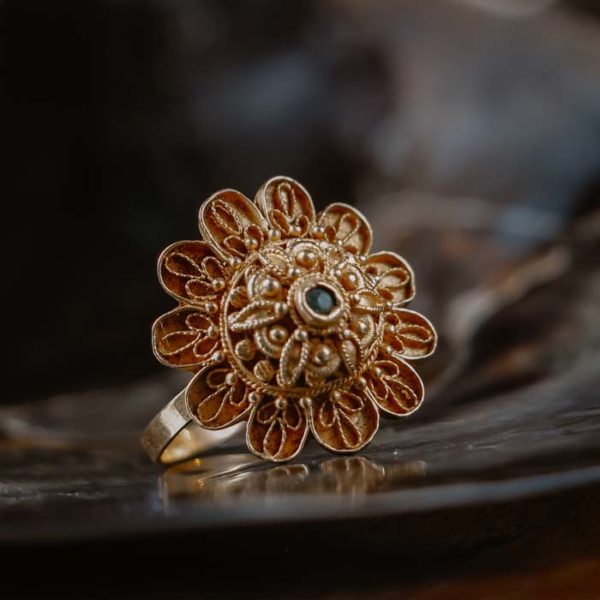
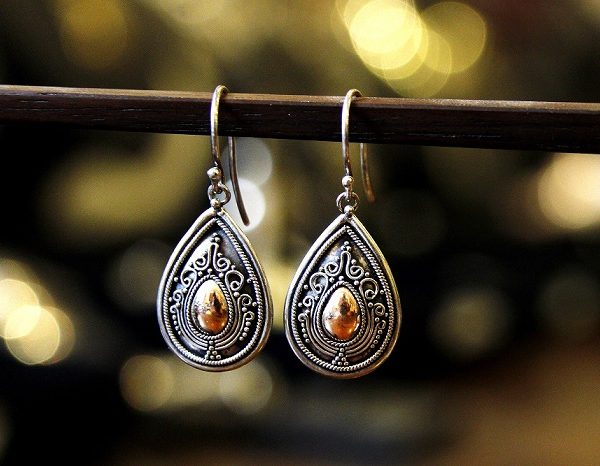


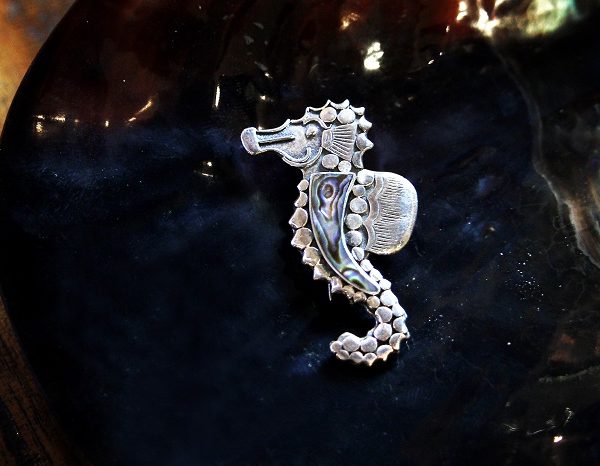
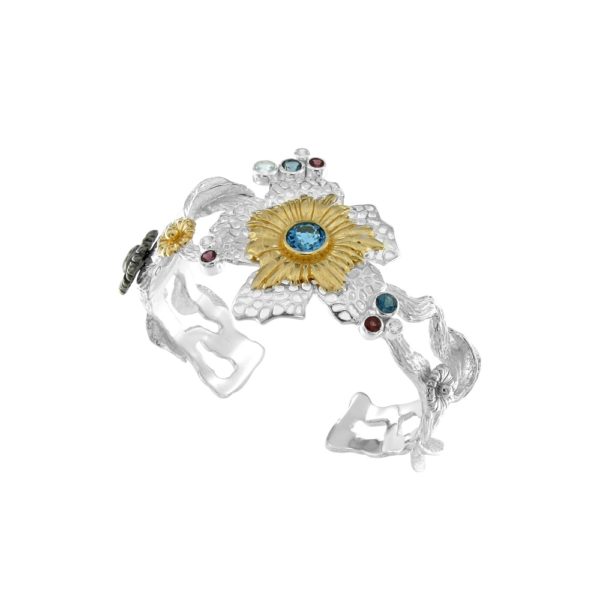

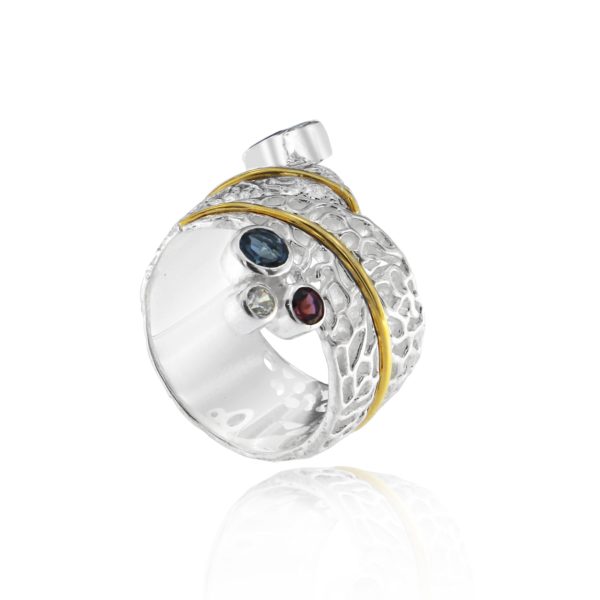
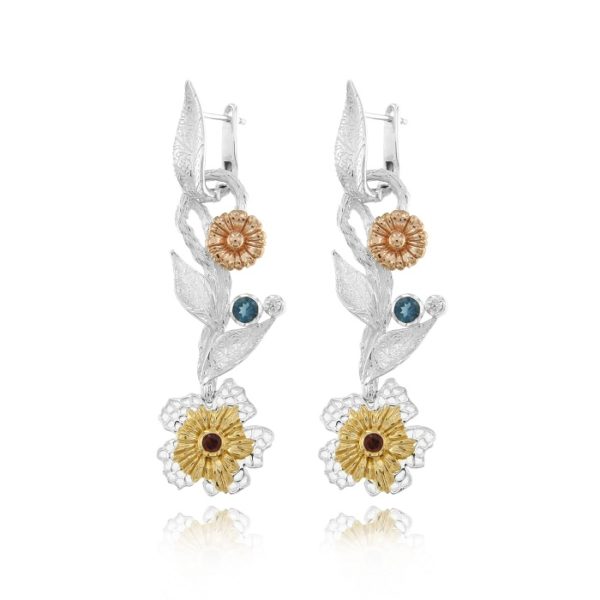

1 Comment.
Hello!
How would you recommend to incorporate old school techniques like bun bunan into a manufactured jewelry item in the modern day that is also being casted?